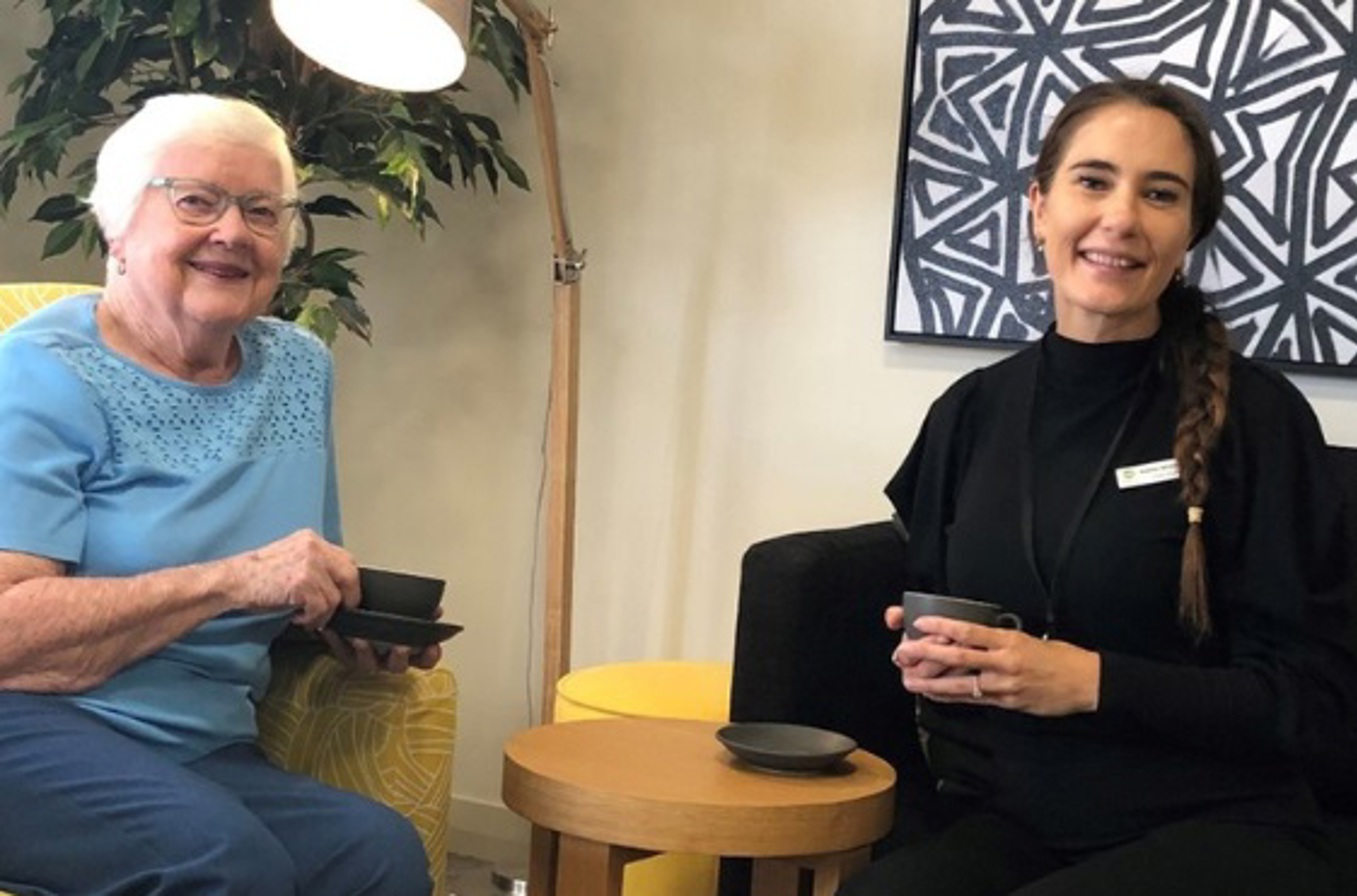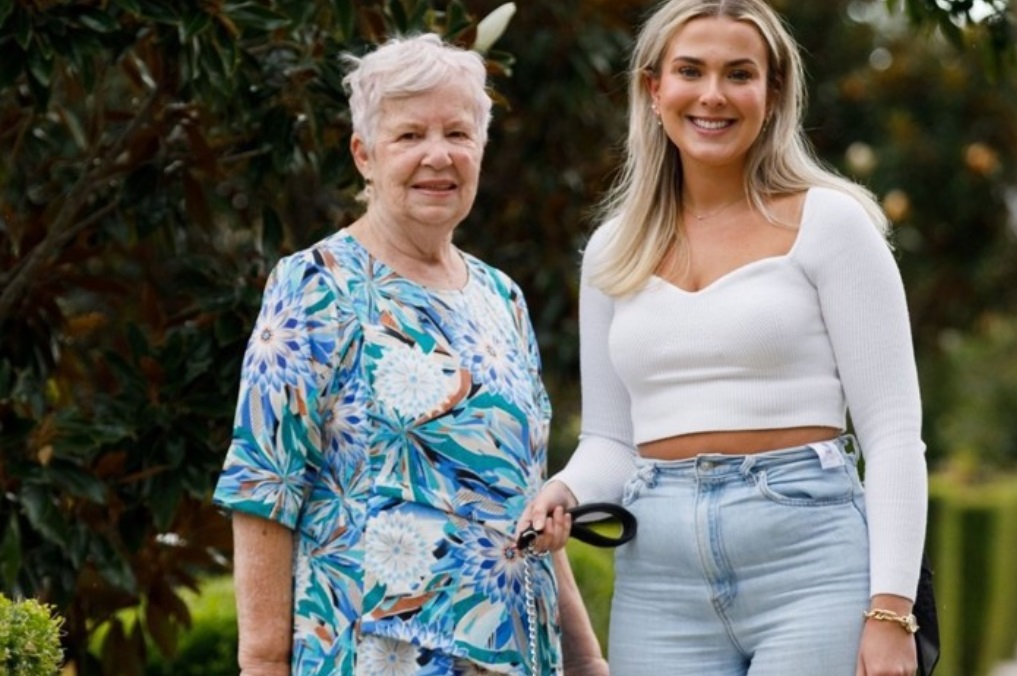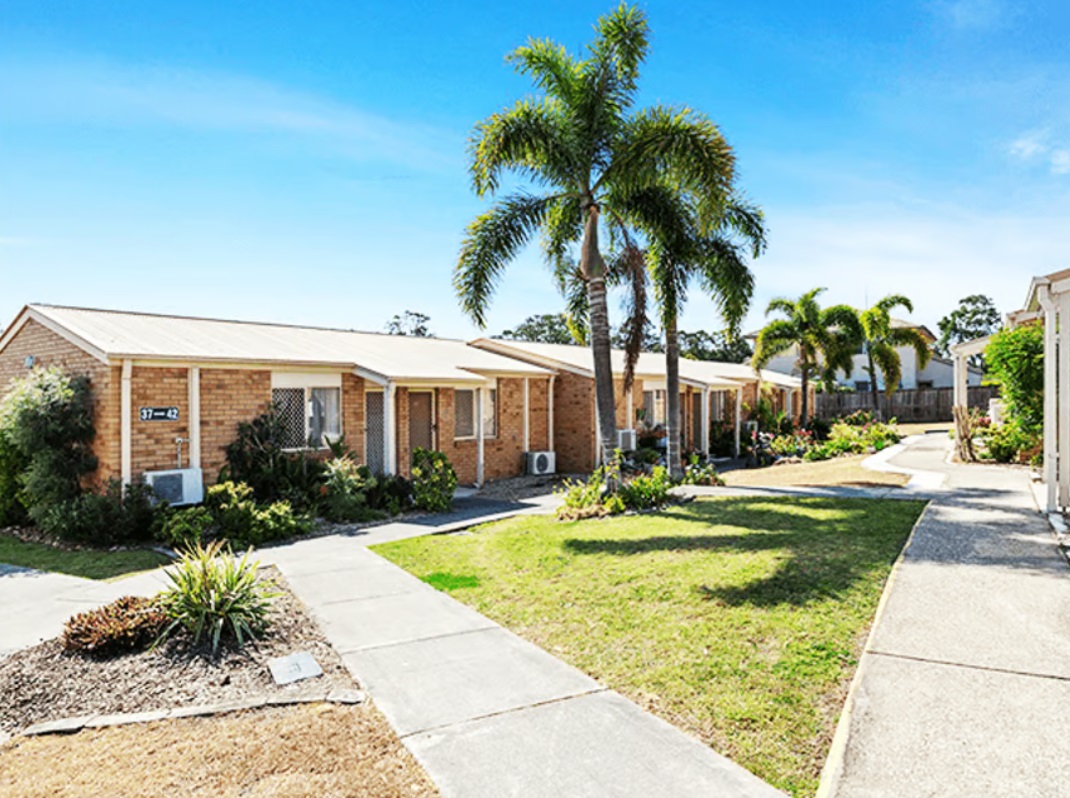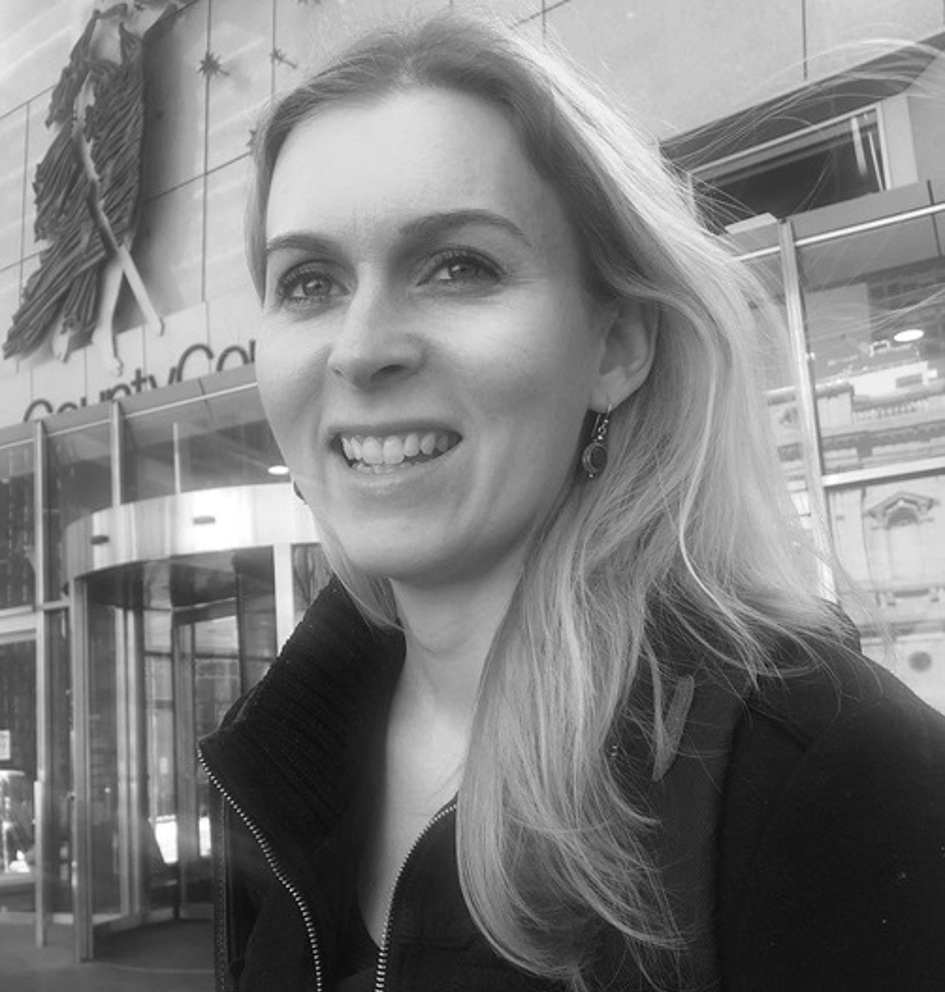What happens if I have a disabled child when I move into residential aged care?

When a family member enters residential aged care, deciding what to do with the former family home is important, from an emotional, lifestyle and financial perspective.
It is important to understand that the home does not necessarily need to be sold.
However, once a person leaves the home to enter a care situation, the circumstances surrounding the family home can have a significant impact on aged care fees and social security benefits.
You should also be aware that:
- The treatment of the home for aged care and social security purposes differs, and
- Assessment of the home may change after the person enters care, which may impact social security entitlements and aged care fees.
So, what happens if there is a dependent adult child left in the home?

Shaun Ganguly, a specialist financial adviser at Aged Care Financial Planning, understands the challenges of these siutaions for families – he says the key is to develop a holistic, long-term strategy.
Shaun detailed the case of a 72-year-old woman moving into residential aged care, with her 34-year-old son, who has a disability, living at home.
“The team at Aged Care Financial Planning adopted a comprehensive approach to address all the family's concerns. They secured ‘protected person’ status for the son, ensuring the family home would not be assessed for the mother’s aged care costs.”
When a person moves into residential care, Services Australia uses their financial details to determine how much they will pay towards their aged care costs. This includes details about their home and the people living there. A Protected Person is someone who meets the eligibility criteria for the home not to be assessed.
But this was just the first step in a longer journey.
“The uplift from JobSeeker to Disability Support Pension can be significant, especially when managing a disability,” Shaun said.
“So, in addition to securing the home, the team worked to transition the son onto the Disability Support Pension, increasing his income and making the situation more manageable. Simultaneously, the team put in place a strategy for the mother’s ‘low means’ status, securing a sustainable financial arrangement for her aged care costs.”
This involved meticulous planning, filing hardship applications, and conducting accurate income and asset assessments over the two years of open home exemption.
“With the mother’s aged care costs under control, the son remaining in the family home and his increased income through the Disability Support Pension, we’ve put them in a better position than they were,” said Shaun.
“Our strategy saves the family approximately $50,000 per year.”
To discuss your aged care financial planning needs, contact Shaun Ganguly and his team. [email protected] – 1300 000 243














